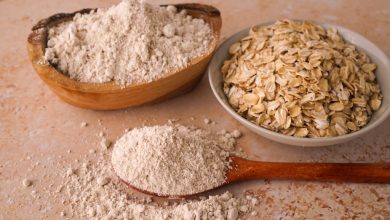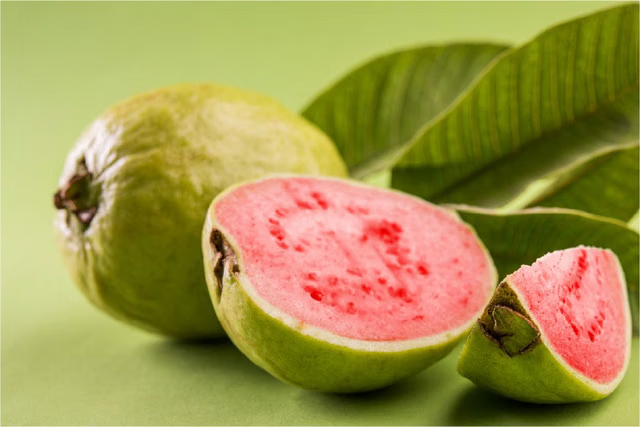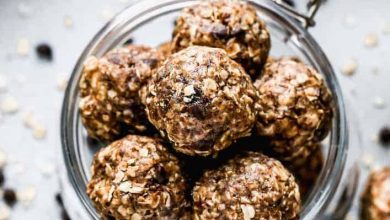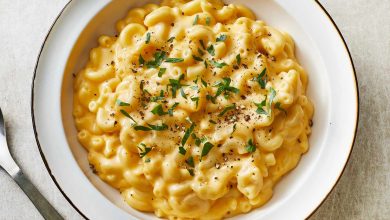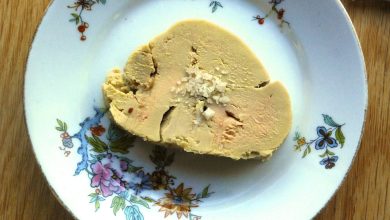Fresh Pork Shoulder Blade Boston Roast (Cooked, Roasted) – Nutritional Information
Fresh pork shoulder blade, often referred to as Boston roast, is a delicious and versatile cut of meat that is perfect for roasting, grilling, or slow-cooking. This hearty roast is typically enjoyed for its tender texture, rich flavor, and succulent juiciness, making it a great choice for a variety of meals. When cooked by roasting, the pork shoulder retains its natural flavors and offers a nutrient-dense profile.
Here’s a breakdown of the nutritional content and key vitamins and minerals for a 100-gram serving of cooked, roasted pork shoulder blade (without fat):
Nutritional Information per 100g (Cooked, Roasted Pork Shoulder Blade)
| Nutrient | Amount |
|---|---|
| Energy | 269 kcal |
| Protein | 23.11 g |
| Total Fat | 18.86 g |
| Saturated Fat | 6.97 g |
| Carbohydrates | 0.0 g |
| Fiber | 0.0 g |
| Sugars | 0.0 g |
| Calcium | 28 mg |
| Iron | 1.45 mg |
| Magnesium | 18 mg |
| Phosphorus | 197 mg |
| Potassium | 332 mg |
| Sodium | 67 mg |
| Zinc | 3.96 mg |
| Copper | 0.114 mcg |
| Manganese | 0.012 mg |
| Selenium | 34.3 mcg |
| Vitamin C | 0.7 mg |
| Thiamin (Vitamin B1) | 0.638 mg |
| Riboflavin (Vitamin B2) | 0.355 mg |
| Niacin (Vitamin B3) | 4.061 mg |
| Vitamin B6 | 0.23 mg |
| Folate | 5.0 mcg |
| Vitamin B12 | 0.88 mcg |
| Vitamin A | 2.0 mcg |
| Vitamin E | 0.19 mg |
| Vitamin D2 | 1.3 mcg |
Allergen Information
Pork shoulder blade (Boston roast) does not contain common allergens like gluten, dairy, or nuts. However, cross-contamination with other allergens may occur during processing or preparation. It is recommended to always check for additional ingredients or seasonings if you are managing specific dietary restrictions or allergies.
Dietary Preferences
- Gluten-Free: This meat is naturally gluten-free, making it a suitable choice for individuals with celiac disease or gluten sensitivities.
- Keto-Friendly: With a high protein and fat content and zero carbohydrates, roasted pork shoulder is an excellent choice for ketogenic or low-carb diets.
- Paleo: Naturally free from processed foods and grains, pork shoulder fits well into a paleo diet that emphasizes whole, unprocessed foods.
- Low-Carb: As it contains no carbohydrates, this roast is a perfect option for those following a low-carb or diabetic-friendly diet.
- Whole30: Fresh pork shoulder fits into a Whole30-compliant diet, which focuses on whole foods free from added sugars, alcohol, grains, legumes, and dairy.
Cooking Tips and Advice
Roasting pork shoulder blade is an easy and satisfying way to prepare this cut of meat. The natural fats in the pork make it tender and flavorful when cooked slowly at low temperatures. You can season it with simple herbs like garlic, rosemary, and thyme, or try marinating it for extra flavor. If you prefer a crispy exterior, you can increase the heat towards the end of roasting to create a perfect crust.
When roasting, make sure to cook the pork to an internal temperature of 145°F (63°C), followed by a brief rest time to allow juices to redistribute. This ensures the roast remains moist and tender while being safe to eat.
Conclusion
Fresh pork shoulder blade (Boston roast), when cooked and roasted, offers a nutrient-rich, protein-packed meal. With an impressive array of vitamins and minerals, including high levels of phosphorus, potassium, and zinc, it’s a great choice for a balanced diet. Whether you’re roasting it as a centerpiece for a family meal or slicing it for sandwiches, this cut of pork provides a flavorful and healthy option that aligns with many dietary needs.
Its versatile nature allows for a variety of cooking methods, from slow-roasting to grilling, making it a go-to choice for home cooks seeking hearty and satisfying dishes.




